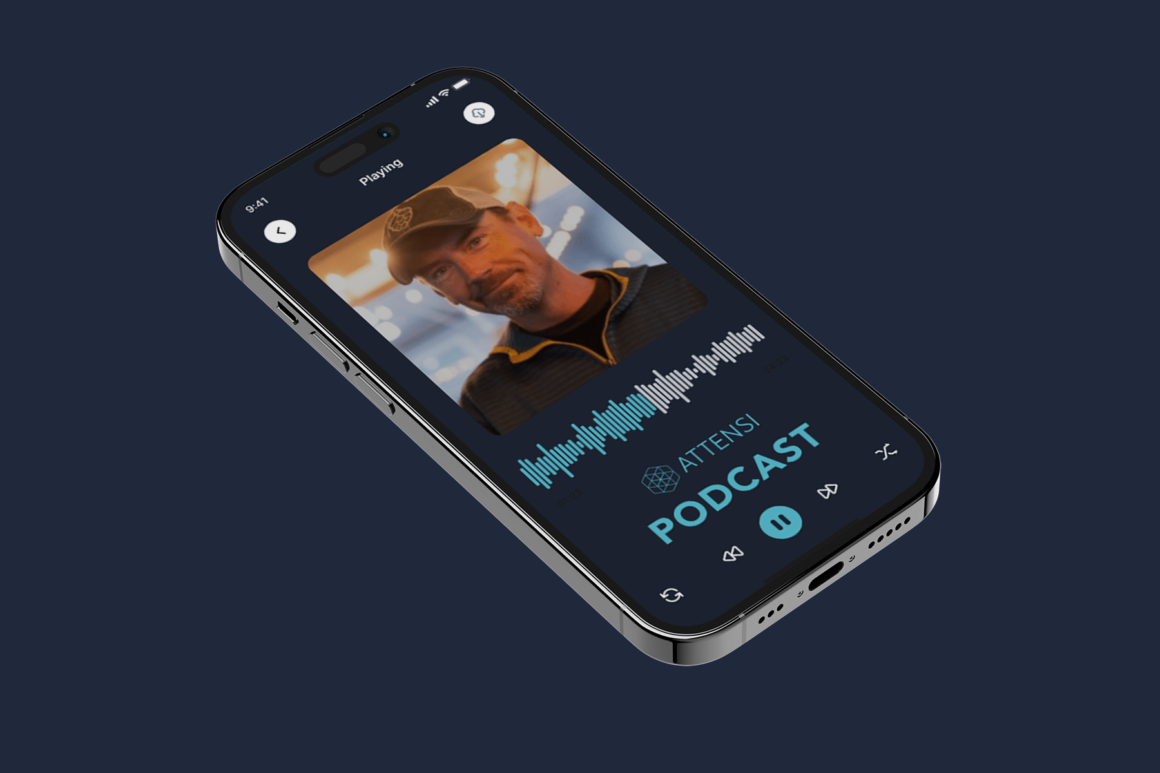Pressed for time? Below we’ve pulled out three of the key takeaways and how they could relate to your organization.
Which challenges and issues can gamified simulations help you tackle?
In truth, gamified simulation training (GST) can be applied to any situation where people need to learn new skills and behaviors. But four of the most popular areas in which GST is used are:
- Onboarding new employees: New joiners and trainees typically have a lot to learn to get up to speed. They can also feel pressure to make an impression in their first weeks. Immersing them in interactive scenarios and dialogues that replicate their day-to-day roles is an effective way of making new knowledge stick. And to give them the confidence they need to succeed.
- Introducing new IT processes: When organizations change systems or processes, they typically see a dip in productivity. And a lot of frustration from staff, no matter how many instructional videos and PDFs they’ve seen. But by training with a simulation, your people will have already dealt with the most common situations and can hit the ground running at launch.
- Replicating the behavior of your best performers: Can you see that some staff are considerably outperforming the rest, but you don’t know why? Mapping their behavior and creating a ‘company best practice’ simulation to train your people can be the solution.
- Compliance training: Whether it’s GDPR, PDS2, CCPA, or any other scary four-letter acronym, sometimes your people need to be 100% watertight certified on legal regulations. Gamified simulations can bring this essential learning to life, and make sure it stays front of mind.
How long should a gamified simulation be? And how long should your people play for?
Typically, an initial course of GST content might last an hour in total.
Of course, a range of factors will influence this. Conversational ‘soft skills’ might take longer to play out than mechanical systems, and some materials will have a natural higher difficulty level than others. But a good guide is to aim for modules that last around five minutes each, allowing your people to play in bursts.
Studying the same competitive dynamics that exist in video games reveals a lot about human attention spans. Some of the most popular interactive games today are aimed at younger audiences and target a 20-minute play cycle.
For us adults, it’s best to make play throughs a little shorter.
What measurements can you use to track ROI for gamified simulation training?
It pays to begin every strategic and/or L&D project by asking the same question: What is the KPI that we’re trying to impact?
In this regard, gamified simulation training is no different. Identifying the needle you are trying to move should be the guiding principle behind every step of creating your simulation. And provided you stick to it, you won’t be disappointed when it comes to measuring the results.
Don’t fall into the ‘feature creep‘ trap. Anything you add that takes away from addressing your core problem will make measurement all the harder once your people have completed their training.
More specifically, many people operating in L&D will be familiar with the Kirkpatrick Model1. At Attensi, we measure our simulations by its four principles: reaction, learning, behavior, and results. But we also work closely with our customers to make sure their key KPI is addressed, and to guarantee that initial project question gets answered.
Using the performance of those who have trained the most vs those who have trained the least, 40x to 100x ROI is not uncommon for gamified simulation training.




